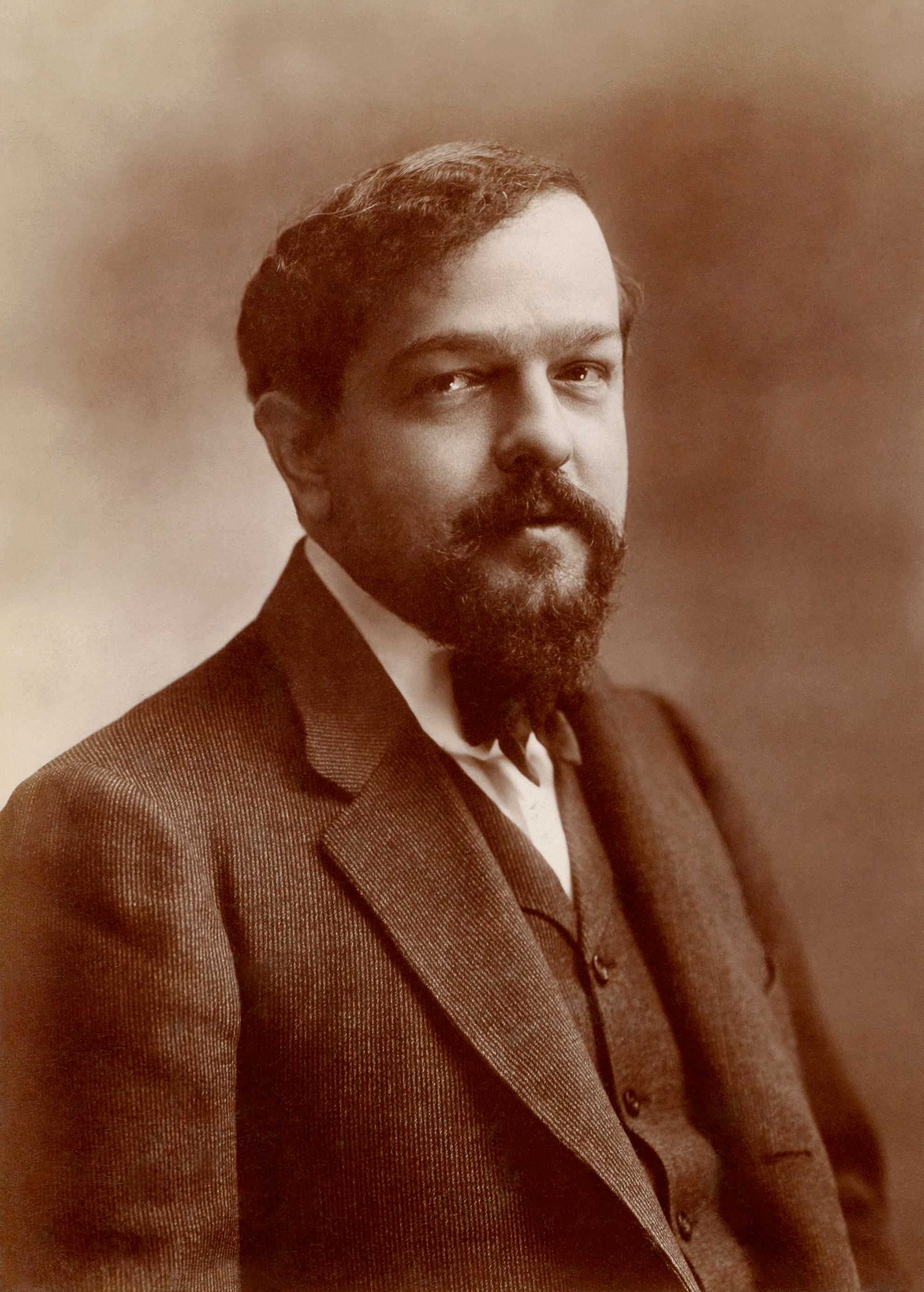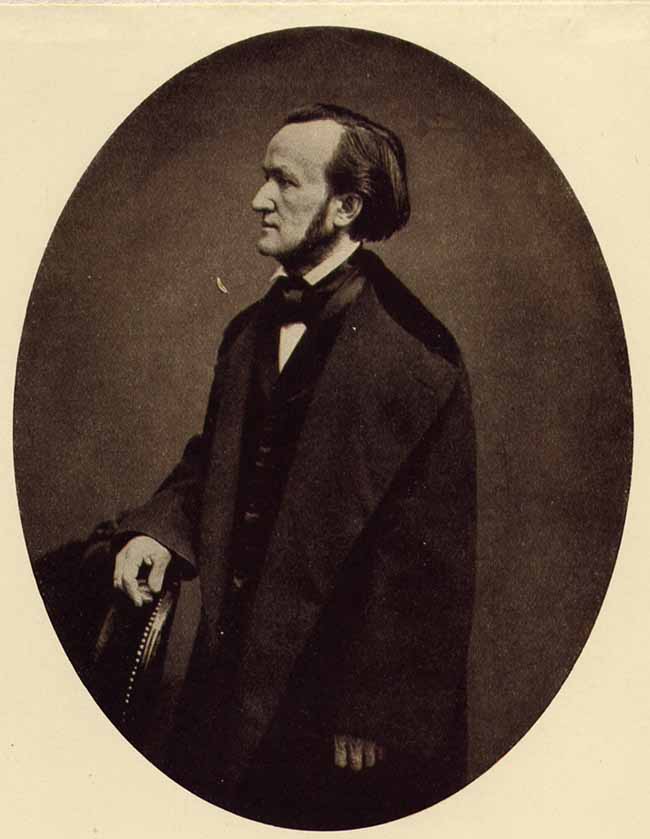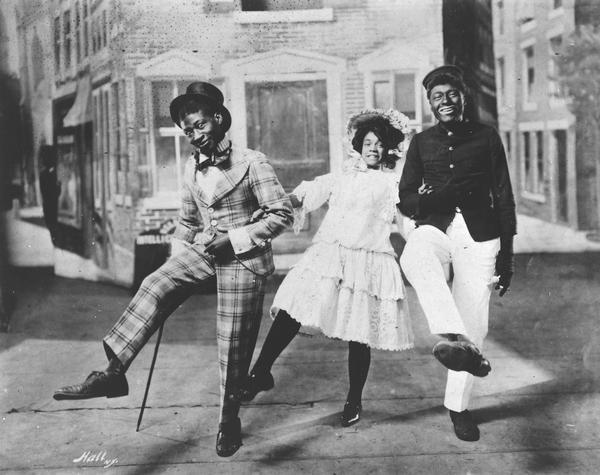|
Children's Corner
''Children's Corner'', L. 113, is a six-movement suite for solo piano by Claude Debussy. It was published by Durand in 1908, and was first performed by Harold Bauer in Paris on 18 December that year. In 1911, an orchestration by André Caplet was premiered and subsequently published. History Debussy composed ''Children's Corner'' between 1906 and 1908. He dedicated the suite to his daughter, Claude-Emma (known as "Chou-Chou"), who was born on 30 October 1905 in Paris. She is described as a lively and friendly child who was adored by her father. She was three years old when he dedicated the suite to her in 1908. The dedication reads: "A ma chère petite Chouchou, avec les tendres excuses de son Père pour ce qui va suivre. C. D." (To my dear little Chouchou, with tender apologies from her father for what follows). The suite was published by Durand in 1908, and was given its world première in Paris by Harold Bauer on 18 December that year. In 1911, an orchestration of the ... [...More Info...] [...Related Items...] OR: [Wikipedia] [Google] [Baidu] |
Claude Debussy
Achille Claude Debussy (; 22 August 1862 – 25 March 1918) was a French composer. He is sometimes seen as the first Impressionism in music, Impressionist composer, although he vigorously rejected the term. He was among the most influential composers of the late 19th and early 20th centuries. Born to a family of modest means and little cultural involvement, Debussy showed enough musical talent to be admitted at the age of ten to France's leading music college, the Conservatoire de Paris. He originally studied the piano, but found his vocation in innovative composition, despite the disapproval of the Conservatoire's conservative professors. He took many years to develop his mature style, and was nearly 40 when he achieved international fame in 1902 with the only opera he completed, ''Pelléas et Mélisande (opera), Pelléas et Mélisande''. Debussy's orchestral works include ''Prélude à l'après-midi d'un faune'' (1894), ''Nocturnes (Debussy), Nocturnes'' (1897–1899 ... [...More Info...] [...Related Items...] OR: [Wikipedia] [Google] [Baidu] |
Tristan Und Isolde
''Tristan und Isolde'' (''Tristan and Isolde''), WWV 90, is a music drama in three acts by Richard Wagner set to a German libretto by the composer, loosely based on the medieval 12th-century romance ''Tristan and Iseult'' by Gottfried von Strassburg. First conceived in 1854, the music was composed between 1857 and 1859 and premiered at the Königliches Hoftheater und Nationaltheater in Munich on 10 June 1865 with Hans von Bülow conducting. While performed by opera companies, Wagner preferred the term ''Handlung'' (German for "plot" or "action") for ''Tristan'' to distinguish its structure of continuous narrative flow (" endless melody") as distinct from that of conventional opera at the time which was constructed of mundane recitatives punctuated by showpiece arias, which Wagner had come to regard with great disdain. Wagner's composition of ''Tristan und Isolde'' was inspired in part by the philosophy of Arthur Schopenhauer, as well as by his relationship with his muse ... [...More Info...] [...Related Items...] OR: [Wikipedia] [Google] [Baidu] |
The Little Nigar
''The Little Nigar'' (CD 122, L. 114) is the original title by composer Claude Debussy for a short piece for piano, composed in 1909 for a piano method and published the same year. It was later also published as a single piece, entitled ''The Little Negro'' and ''Le petit nègre''. In more recent times, the piece has also been published under the title ''Le petit noir'' (''The Little Black''). History Debussy composed ''The Little Nigar'' (giving the noun this spelling) in 1909 on a commission from Théodore Lack, for his piano method ''Méthode de Piano''. The subtitle describes it as a cakewalk. It is reminiscent of ''Golliwogg's Cakewalk'' from his '' Children's Corner'', a piano suite that he had composed a year earlier. Debussy regularly sought exotic influences. In ''The Little Nigar'', he alluded to banjo chords and drums, influenced by American minstrel shows. The piece, marked ''allegro'', begins with a first theme presenting "jazzy" syncopes in time, in the t ... [...More Info...] [...Related Items...] OR: [Wikipedia] [Google] [Baidu] |
Liebestod
"" ( German for "love death") is the title of the final, dramatic music from the 1859 opera ' by Richard Wagner. It is the climactic end of the opera, as Isolde sings over Tristan's dead body. The music is often used in film and television productions of doomed lovers. by Rachel Beaumont, , 3 December 2014 Partial text References Further reading * Bronfen, Elisabeth, ''L ...[...More Info...] [...Related Items...] OR: [Wikipedia] [Google] [Baidu] |
Arpeggio
An arpeggio () is a type of Chord (music), chord in which the Musical note, notes that compose a chord are individually sounded in a progressive rising or descending order. Arpeggios on keyboard instruments may be called rolled chords. Arpeggios may include all notes of a musical scale, scale or a partial set of notes from a scale, but must contain notes of at least three Pitch (music), pitches (two-pitch sequences are known as Trill (music), trills). Arpeggios may sound notes within a single octave or span multiple octaves, and the notes may be sustained and overlap or be heard separately. An arpeggio for the chord of C major going up two octaves would be the notes (C, E, G, C, E, G, C). In musical notation, a very rapid arpeggiated chord may be written with a wavy vertical line in front of the chord. Typically these are read as to be played from the lowest to highest note, though composers may specify a high to low sequence by adding an arrow pointing down. Arpeggios ... [...More Info...] [...Related Items...] OR: [Wikipedia] [Google] [Baidu] |
Syncopated
In music, syncopation is a variety of rhythms played together to make a piece of music, making part or all of a tune or piece of music off-beat (music), off-beat. More simply, syncopation is "a disturbance or interruption of the regular flow of rhythm": a "placement of rhythmic stresses or accents where they wouldn't normally occur". It is the correlation of at least two sets of time intervals. Syncopation is used in many musical styles, such as electronic dance music. According to music producer Rick Snoman, “All dance music makes use of syncopation, and it’s often a vital element that helps tie the whole track together”. Syncopation can also occur when a strong harmony is simultaneous with a weak Beat (music), beat, for instance, when a 7th chord, 7th-chord is played on the second beat of a measure or a dominant chord is played at the fourth beat of a measure. The latter occurs frequently in tonal cadences for 18th- and early-19th-century music and is the usual conclu ... [...More Info...] [...Related Items...] OR: [Wikipedia] [Google] [Baidu] |
Tristan Chord
The original Tristan chord is heard in the opening phrase of Richard Wagner's opera ''Tristan und Isolde'' as part of the leitmotif relating to Tristan. It is made up of the notes F, B, D, and G: : More generally, the term refers to any chord that consists of the same intervals: augmented fourth, augmented sixth, and augmented ninth above a bass note. Background The notes of the Tristan chord are not unusual; they could be respelled enharmonically to form a common half-diminished seventh chord. What distinguishes the Tristan chord is its unusual relationship to the implied key of its surroundings. : : This motif also appears in measures 6, 10, and 12, several times later in the work, and at the end of the last act. points out the "chord" in earlier works by Guillaume de Machaut, Carlo Gesualdo, J. S. Bach, Mozart, Beethoven, or Louis Spohr as in the following example from the first movement of Beethoven's Piano Sonata No. 18: : : The chord is found ... [...More Info...] [...Related Items...] OR: [Wikipedia] [Google] [Baidu] |
Half-diminished Seventh Chord
In music theory, the half-diminished seventh chord (also known as a half-diminished chord or a minor seventh flat five chord) is a seventh chord composed of a Root (chord), root note, together with a minor third, a tritone, diminished fifth, and a minor seventh (1, 3, 5, 7). For example, the half-diminished seventh chord built on B, commonly Chord names and symbols (popular music), written as Bm7(♭5), or B7, has pitches B-D-F-A: : It can be represented by the Pitch class#Integer notation, integer notation . The half-diminished seventh chord exists in root position and in three inversions. The first inversion is enharmonic to a minor sixth chord: In diatonic harmony, the half-diminished seventh chord occurs naturally on the seventh scale degree of any major scale (for example, B7 in C major) and is thus a leading-tone seventh chord in the major mode.Benward & Saker (2003). ''Music: In Theory and Practice, Vol. I'', p. 217. . Similarly, the chord also occurs on ... [...More Info...] [...Related Items...] OR: [Wikipedia] [Google] [Baidu] |
Richard Wagner
Wilhelm Richard Wagner ( ; ; 22 May 181313 February 1883) was a German composer, theatre director, essayist, and conductor who is chiefly known for his operas (or, as some of his mature works were later known, "music dramas"). Unlike most opera composers, Wagner wrote both the libretto and the music for each of his stage works. Initially establishing his reputation as a composer of works in the romantic vein of Carl Maria von Weber and Giacomo Meyerbeer, Wagner revolutionised opera through his concept of the ''Gesamtkunstwerk'' ("total work of art"), whereby he sought to synthesise the poetic, visual, musical and dramatic arts, with music subsidiary to drama. The drama was to be presented as a continuously sung narrative, without conventional operatic structures like Aria, arias and Recitative, recitatives. He described this vision in a List of prose works by Richard Wagner, series of essays published between 1849 and 1852. Wagner realised these ideas most fully in the first ... [...More Info...] [...Related Items...] OR: [Wikipedia] [Google] [Baidu] |
Ragtime
Ragtime, also spelled rag-time or rag time, is a musical style that had its peak from the 1890s to 1910s. Its cardinal trait is its Syncopation, syncopated or "ragged" rhythm. Ragtime was popularized during the early 20th century by composers such as Scott Joplin, James Scott (composer), James Scott, and Joseph Lamb (composer), Joseph Lamb. Ragtime pieces (often called "rags") are typically composed for and performed on piano, though the genre has been adapted for a variety of instruments and styles. Ragtime music originated within African Americans, African American communities in the late 19th century and became a distinctly American form of popular music. It is closely related to American march music, marches. Ragtime pieces usually contain several distinct themes, often arranged in patterns of repeats and reprises. Scott Joplin, known as the "King of Ragtime", gained fame through compositions like "Maple Leaf Rag" and "The Entertainer (rag), The Entertainer". Ragtime influ ... [...More Info...] [...Related Items...] OR: [Wikipedia] [Google] [Baidu] |
Cakewalk
The cakewalk was a dance developed from the "prize walks" (dance contests with a cake awarded as the prize) held in the mid-19th century, generally at get-togethers on black slave plantations before and after emancipation in the Southern United States. Alternative names for the original form of the dance were "chalkline-walk", and the "walk-around". It was originally a processional partner dance performed with comical formality, and may have developed as a subtle mockery of the mannered dances of white slaveholders. Following an exhibition of the cakewalk at the 1876 Centennial Exposition in Philadelphia, the cakewalk was adopted by performers in minstrel shows, where it was danced exclusively by men until the 1890s. At that point, Broadway shows featuring women began to include cakewalks, and grotesque dances became very popular across the country.. The fluid and graceful steps of the dance may have given rise to the colloquialism that something accomplished with ease is a ... [...More Info...] [...Related Items...] OR: [Wikipedia] [Google] [Baidu] |
Minstrel Show
The minstrel show, also called minstrelsy, was an American form of theater developed in the early 19th century. The shows were performed by mostly white actors wearing blackface makeup for the purpose of portraying racial stereotypes of African Americans. There were very few African-American performers and black-only minstrel groups that also formed and toured. Minstrel shows stereotyped blacks as dimwitted, lazy, buffoonish, cowardly, superstitious, and happy-go-lucky.The Coon Character , Jim Crow Museum of Racist Memorabilia, Ferris State University. Retrieved 29 January 2016.John Kenrick , musicals101.com. 1996, revised 2003. Retrieved 9 November 2011. A recurring character was Jim Crow, an exaggerated portray ... [...More Info...] [...Related Items...] OR: [Wikipedia] [Google] [Baidu] |





